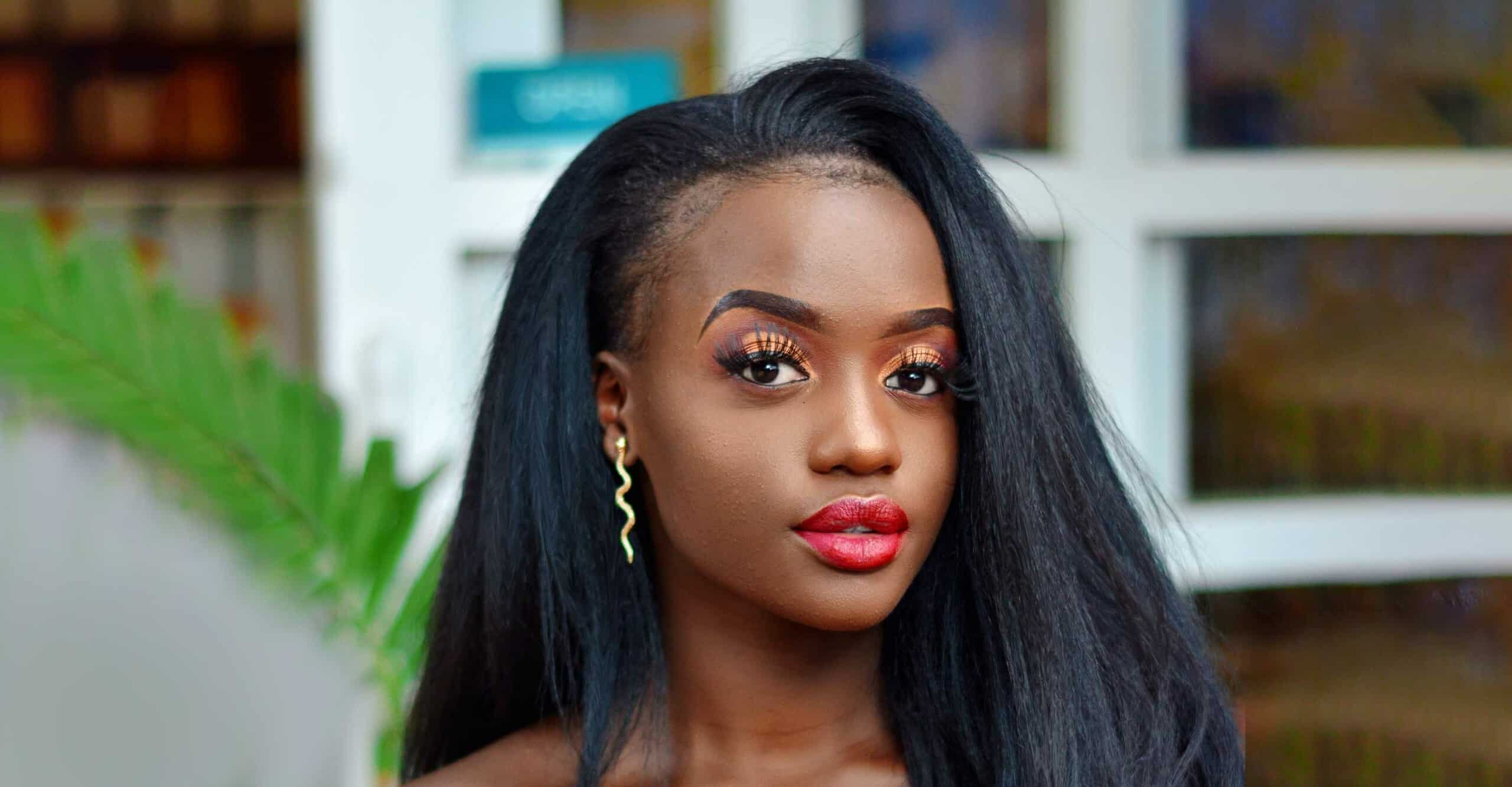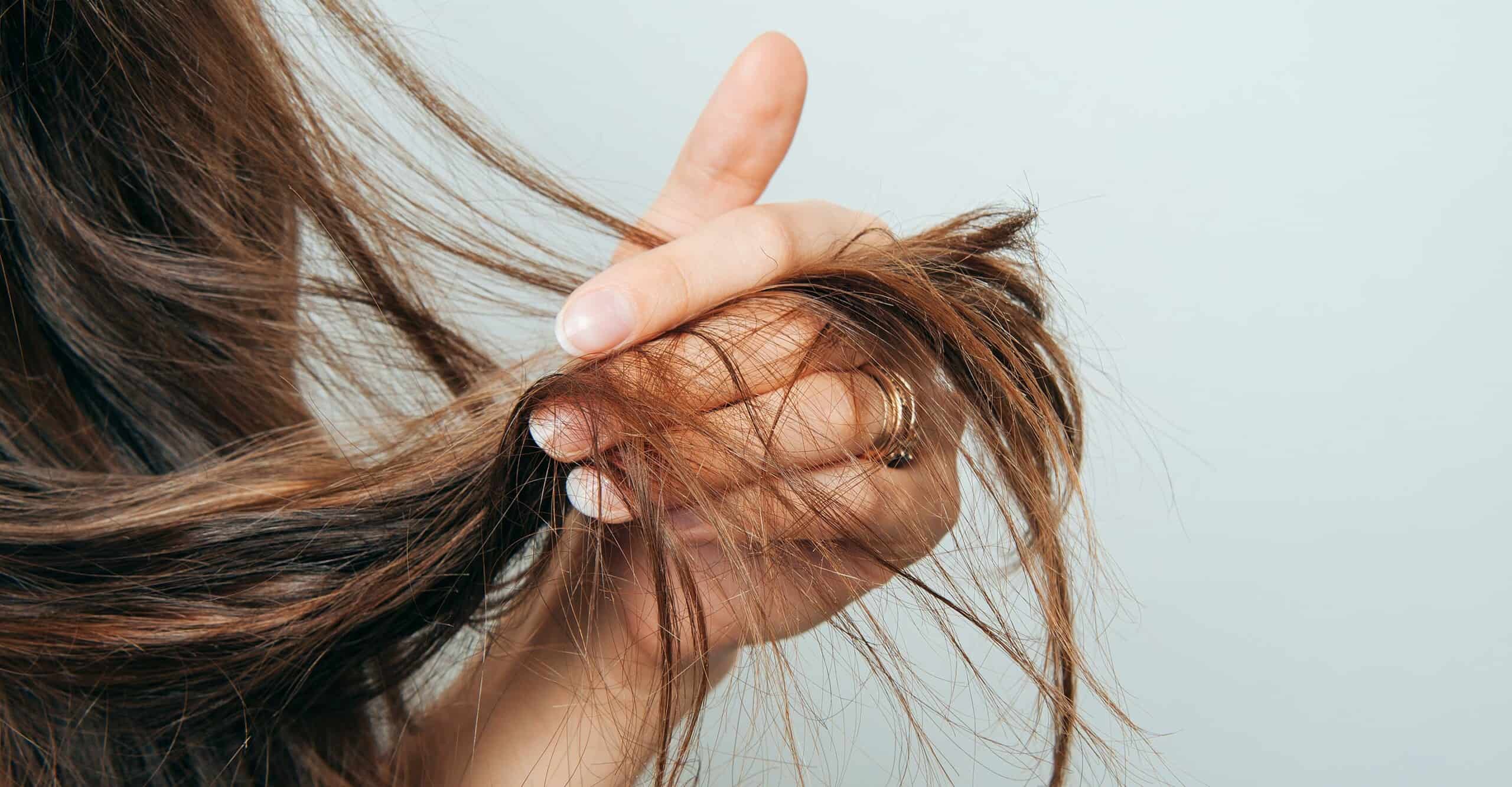How Much Do Weaves Cost?

Wearing your hair in weave extensions provides many benefits, including protective styling and allowing you to switch up your look with length and volume. Preparing for this service also includes finding a style that works best for your lifestyle and budget. So how much do weave styles usually cost?
“Anywhere from $200 to $1,500, depending on the type of install because of the variety that we have, the price varies,” says Jhas, StyleSeat Pro and Los Angeles hairstylist. The hair for a weave can cost between $85 and $600. Many factors can increase these prices, like the quality of the hair you get for the weave and the salon you go to. You’ll typically need to pay more if you want a high-quality weave.
However, buying hair for your weave isn’t as easy as picking the most expensive bundle at the store. You need to consider all of the different types available, like virgin hair or Remy hair. Your budget and lifestyle also play major roles when picking your final look.
Let’s dive into different factors to see which play a role in weave cost to get a better idea of how you can get the best look for your budget.
Hair Quality
Finding hair that fits your budget and style selection will be critical to how long your weave will last. High-quality hair is more expensive than low-quality hair. Quality is determined by how it’s collected and how much chemical processing it’s gone through. High-quality hair doesn’t shed much, blends well with your natural hair, and lasts longer than low-quality hair.
You must first choose between human and synthetic hair. Human hair is considered better quality, but significantly more expensive.
Synthetic hair is more affordable. However, it can be more difficult to blend with your natural hair, you have limited styling options, and it doesn’t last as long as human hair. If you’re willing to pay more, you can get heat-resistant synthetic hair if you want more styling flexibility.
There are also different types of human hair. Processed human hair has gone through some sort of chemical process to change the color or texture. Unprocessed, or virgin hair, has not gone through any chemical processes. These two types can fall into many other categories, including:
- Raw hair: This is hair that’s never undergone a chemical process, keeps cuticles intact and aligned, and hasn’t been altered by steam or other styling processes. This is collected from the donor’s scalp. Virgin and raw hair look the most natural. It’s typically the healthiest, longest lasting, and most expensive hair
- Virgin hair: This is hair that has never undergone a chemical process and keeps cuticles intact. Hair follicles are aligned from root to tip to prevent tangling. This is also collected from a donor’s scalp. The main difference between raw and virgin hair comes down to the use of steam. Virgin hair may have been steamed to achieve the desired texture, while raw hair has not. Virgin hair is less expensive than raw hair, but typically more expensive than non-virgin hair.
- Remy hair: This hair keeps cuticles intact and is bundled from root to tip. Remy hair is also collected from the donor’s scalp, and it can be processed or virgin. Remy hair pricing varies depending on whether it’s processed or virgin.
- Non-Remy hair: This hair does not have roots and tips aligned. Cuticles are typically lost in the collection process due to chemical processing. Non-Remy hair can come from multiple sources, including scraps of fallen hair at salons. This type doesn’t last long and is easily tangled. However, it is cheaper than the types mentioned above.

Color, Length, and Texture
The characteristics of the hair itself can drive up the price. Some qualities take extra labor to achieve while others aren’t as easy to find.
For example, blonde hair is typically a more expensive option. Since there aren’t a lot of natural blonde donors, manufacturers have to dye dark hair to get lighter colors. The labor needed to dye hair contributes to the high price tag.
Length and texture also make a difference in cost. Long hair is typically more expensive than short hair since you’re getting more hair. On the other hand, straight hair is often more affordable than wavy or curly hair. It takes extra labor to give hair a specific wavy or curly look.
Bundles
You’ll pay more if the look you want requires more hair. Partial weaves are more affordable than full weaves. Talk to a Pro to understand different styles, the amount of hair needed, and what look aligns best with your budget.

Installation and Customization
Your time at the salon is another big expense. It’s tempting to DIY a weave at home, but it’s much safer for your hair to go to a Pro to have your weave professionally installed. They’re less likely to damage your hair and they can customize your look once it’s installed.
What are options for installation? “The tape-in and micro link installs are usually more expensive because it’s more time consuming and the style does last a little longer, but they do require a little more maintenance. A glue-in would be the most affordable, like a quick weave, and a sew-in would be more affordable,” says Jhas.
Additionally, they can cut, color, and style your weave to help it blend with your natural hair. This is the best way to make your weave look natural. However, styling and blending will add to your final cost.
Expert advice is another benefit of going to the salon. They can give you tips on care and styling so you can best maintain your weave.

Maintenance
Maintaining a weave includes salon visits and at-home upkeep. Salon visits can cost between $30 and $55 depending on where you go and what you need done. These in-between visits are for tightening your weave and shampooing your hair and scalp.
“I will ask questions about how their scalp is feeling and how everything is going. I like to encourage maintenance to make sure your hair under the weave is still getting taken care of. You don’t want to completely avoid it. I’ll drop a little oil on my client’s scalp before I put them under the dryer so that way it can penetrate their hair and scalp, just so we can keep up maintenance as much as we can,” says Jhas. “Too much of one thing isn’t a good thing and that includes weaves as well.” Takedown appointments also add to the long-term cost of a weave.
At home, you’ll need to keep your weave clean, moisturized, and healthy, like you would your own hair. This means additional conditioning treatments and more products than you’d normally use on your natural hair. Otherwise, your weave can become frizzy, dry, and prone to breakage.
Although you can also shampoo your hair at home, it’s better to get some help from a Pro. They can ensure your hair is cleaned properly and thoroughly dried afterwards. Skipping out on the drying process before you style or go to bed can lead to mildew and mold on your scalp.
At-home maintenance is also key to getting your money’s worth from your weave. In addition to keeping your weave and natural hair clean, moisturized, and dry, you should also do your best to protect your hair. Below are a few more tips for maintaining your weave.
- Sleep on a satin pillowcase: Sleeping on a satin pillowcase helps your hair retain moisture, deters frizz, and protects it from friction you can typically get from a cotton pillowcase.
- Sleep in a satin scarf: If you can’t get a satin pillowcase, then a satin scarf can also protect your hair with the same benefits. It also doesn’t hurt to use both. Wearing a satin scarf directly protects your hair from friction with your pillowcase. It also keeps it from getting tangled.
- Braid your hair: Braided styles can especially protect curly hair while you sleep. You can also keep your hair in braids or other protective styles during the day.
- Avoid scratching your weave: Scratching can leave you with scabs on your scalp. You can also loosen your weave if you scratch too much. Instead, use oils to soothe and moisturize your scalp.
- Detangle your hair every night: Detangling is one important method to prevent breakage and tangling. Detangle your hair while it’s damp with a wide tooth comb. Go slowly since hair is weakest when it’s wet. You can detangle with your fingers first before going in with a comb.
- Limit heat styling: Although it’s important to keep your scalp dry, you should still keep heat styling to a minimum. Excess heat can lead to breakage and dry hair. When you do use heat styling, make sure you moisturize your hair afterwards.
- Don’t overdo product: Excessive product usage can weigh down your weave. When moisturizing and shampooing your hair, use just enough to spread the product evenly through your hair.
You can cut down on maintenance costs and time if you go with a shorter weave. Less hair can mean using less product and maintenance.
How Long Does a Weave Last?
A weave can last about six to 12 weeks depending on how well you take care of it. Weaves last longer than other types of hair extensions like tape-ins and glue-ins. You shouldn’t keep a weave in for too long since you can risk damaging your natural hair from the long-term tension. Your scalp and hair needs time to breathe in between weaves and other tight styles.
Pick a weave that works with your budget, lifestyle, and the look you want to achieve. If you still have more questions about weaves, reach out to a Pro in your community.
In Los Angeles and looking for a StyleSeat Pro for your next style? Book an appointment with Jhas and follow her in Instagram.


